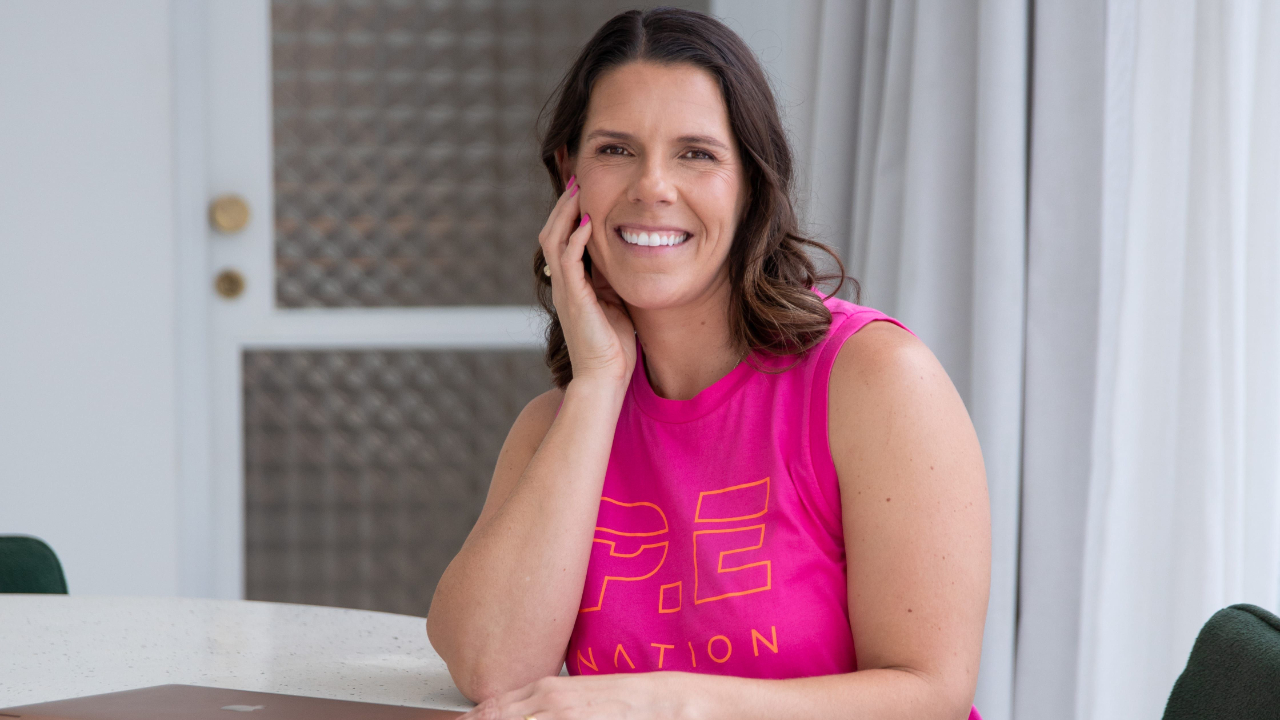What’s in and what’s out in the New Health and Movement Science Syllabus
Aug 11, 2023
Let’s discover the ins and outs of the new Health and Movement Science syllabus, exploring what's in, what's out, and how these changes will shape the learning experiences of our students.
It’s time to unravel the mysteries of the refreshed course!
Unpacking the Syllabus: What's In and What's Out
As dedicated teachers, we understand the value of staying up-to-date with syllabus changes. The new Health and Movement Science syllabus brings both continuity and innovation to our classrooms. Let's start by exploring the key highlights of what's in and what's out:
Out with the Old: Farewell to Familiar Territories
First Aid: While first aid was once a significant component of the syllabus, it has been reimagined and scaled back to pretty much nothing, only one small dot point is connected to the new Health and Movement Science syllabus in terms of the role of first aid in movement.
Elements of Composition and Performance: The syllabus says goodbye to elements of composition and performance, content that may be added to PASS, SLR and/or dance.
Fitness Choices: The focus on fitness choices has been removed, though it remains a part of the Physical Activity and Sport syllabus.
Outdoor Recreation: The beloved outdoor recreation option is no longer a standalone part of the syllabus, but finds a home in other related courses.
Components of Fitness: The examination of fitness components has been removed, signalling a shift in the syllabus's focus.
In with the New: Embracing Fresh Perspectives
Depth Studies and Collaborative Investigation: The introduction of depth studies and a collaborative investigation in Year 11 Health and Movement Science is an exciting development, offering students opportunities for in-depth exploration and teamwork.
Sleep and Performance: The syllabus acknowledges the importance of sleep for performance, aligning with current research on the subject.
Shift to Knowledge, Understanding, and Skills: The syllabus now highly emphasises the application of knowledge, understanding, and skills, promoting a more practical approach to learning.
Breaking Down Year 11 and Year 12 Health and Movement Science: What's Changed and What's Staying
Let's delve deeper into the changes specific to Year 11 and Year 12 Health and Movement Science:
Year 11 Changes
Core Focus Areas: Year 11 introduces new core focus areas, including Health for Individuals and Communities, The Body and Mind in Motion, a Collaborative Investigation, and a minimum of two Depth Studies.
Transferable Skills: The Collaborative Investigation in Year 11 Health and Movement Science and Depth Studies encourage students to develop transferable skills such as teamwork, research, and critical thinking.
New Focuses:
- ‘Advocacy'
- Approaches to health
- United Nations Sustainable Development Goals (SDGs)
- 'Investigate' the Physiological Responses to aerobic training
- 'Research' how movement skills are acquired, developed & improved
- 'Investigate' how communities of exercise motivate individuals & groups
Year 12 Changes
Core Content Updates: Year 12 shifts core content, with some content from Year 12 options being integrated into Year 12's core content.
Emphasis on Practical Application: Practical aspects such as training, designing training sessions, rehabilitation, and return to play retain their significance.
Loss and Gains: Elements like taping and bandaging, specific athletes section, and sports policy are no longer part of the syllabus, while the inclusion of equity and health and performance enhancement brings new dimensions to the Health and Movement Science syllabus.
New Focuses:
- Comparing the health status of Australia and OECD
- Future opportunities for the healthcare system
- New wording for complementary approaches
- Relationship between technology and health
- Impact of digital health on the healthcare system
- Big data shaping the health of Australians
- Key features of the Sustainable Development Goals
- Application of the Sustainable Development Goals
- Terms 'Macronutrients' and 'Micronutrients'
- Sleep and performance
- Research sleep, nutrition and supplementation
- Recording and monitoring training and performance
A Future-Ready Approach to Health and Movement Science
The new Health and Movement Science syllabus is a testament to the dynamic nature of education. As educators, we need to embrace these changes, viewing them as opportunities to elevate our teaching and enrich our students' learning experiences. The emphasis on practical application, collaboration, and holistic wellbeing equips students with skills that extend beyond the classroom.
Join me inside the Health & Movement Science Membership where a team of like minded PDHPE teachers are navigating this exciting journey of educational evolution. As we adapt and innovate, we pave the way for a future-ready generation, prepared to tackle the challenges and embrace the possibilities that lie ahead.
Remember, whether you're a seasoned teacher or new to the field, Kelly Bell and
The Learning Network Team is here to support you every step of the way. Together, we'll explore, learn, and grow, ensuring that Health and Movement Science is a beacon of inspiration for generations to come.


